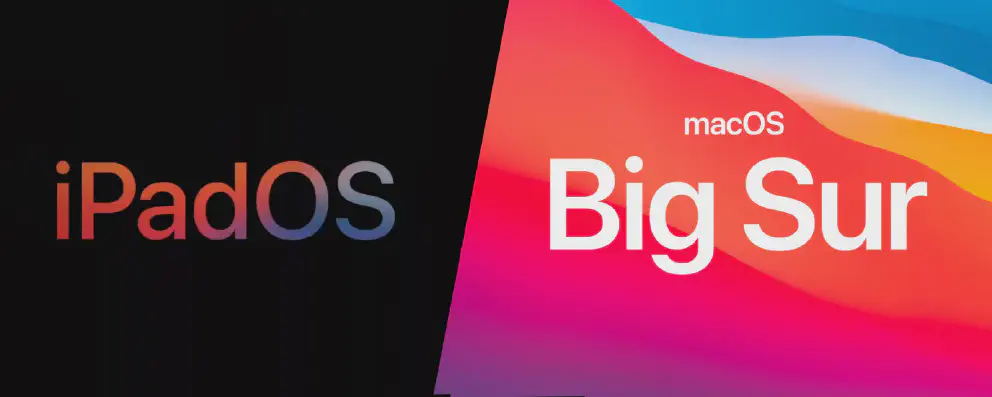The iPad was first introduced in 2010 which featured Apple’s first custom chip: the A4 which later grew into a powerhouse of performance and efficiency. After 9 years of development under the shadow of iOS, the iPad finally got its own operating system in 2019 when the iPadOS debuted in WWDC 2019 as a fork of the iOS development tree. Despite Apple attempts to make the iPad more ‘productive’ since the introduction of iPad Pro in 2015, there are consistent complaints from users about how the iPad is too crippled to be use as a serious laptop replacement.
iPadOS challenges
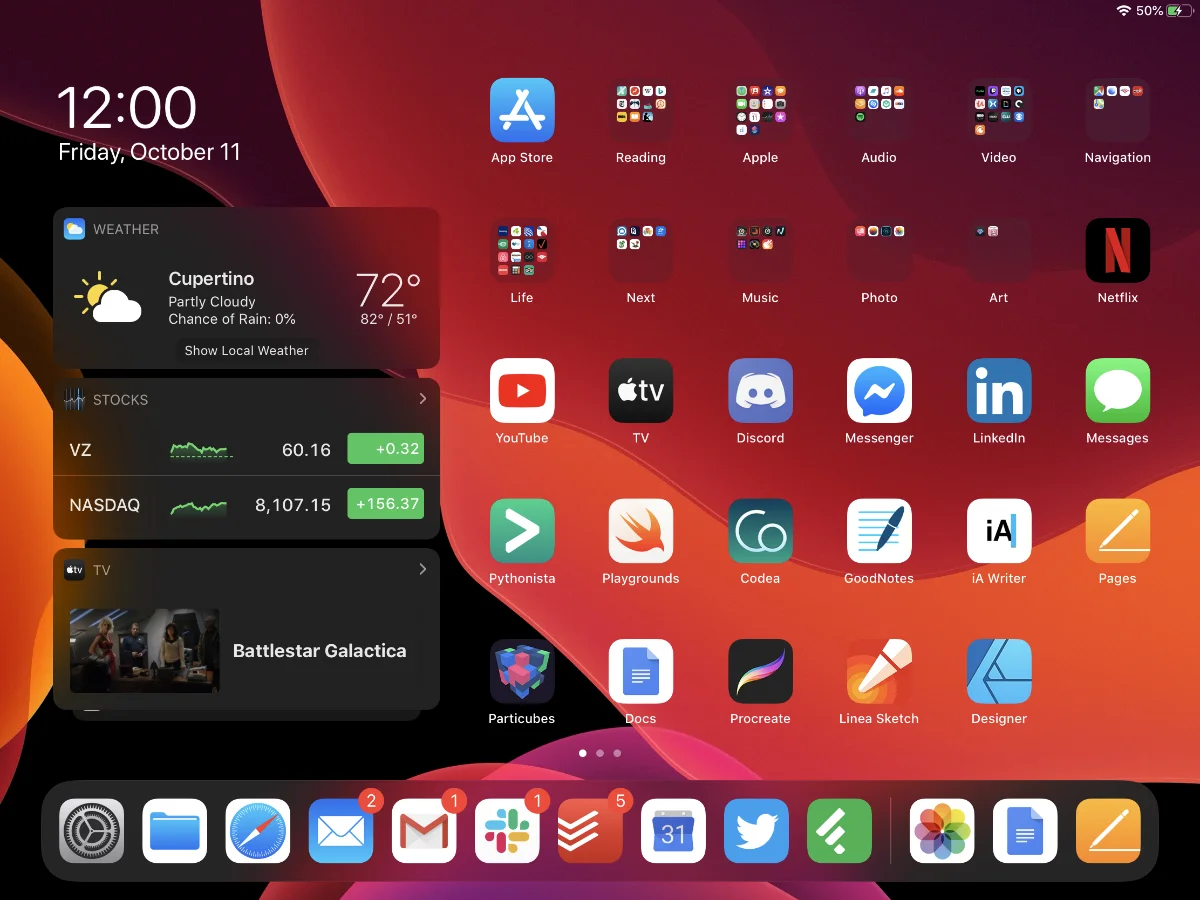
Apple faces a dilemma with the iPad Pro. They wanted to expand the iPad Pro as a viable laptop replacement / alternative. There are good reasons for Apple to pursue this path and the top of the list is control. Just like the iPhone platform, Apple tightly controls what you can or cannot do on the iPad. You can’t install a new app without going through the curated App Store. You cannot use an external device without Apple’s approval through the Made For iPhone (MFi) program. You cannot develop or make an app on the iPad because Apple does not provide tools like Xcode on iPadOS or iOS.
However, within the sandbox that Apple creates, you have almost free reign of what you can do. You can play games, watch movies or Youtube videos, be productive like making pictures or editing videos, use the camera system to measure how big is your room or create an AR object. Everything is possible, but must be within the confines of the Apple ecosystem.
Now the challenge that Apple face with approaching the iPadOS is that Apple wanted to make the iPadOS and by extension iPad themselves as powerful as the macOS counterpart but still retain the amount of control they have on the platform. macOS in comparison with iOS and iPadOS is very flexible: you can install alternative Operating system on the hardware in virtual or in bare metal mode for the older Intel versions, you can make new programs and you don’t necessary have to draw within the lines that Apple puts. Apple clearly wanted to take on this direction but at the same time, it is being very careful with the concessions that it is making on the iPadOS because once given, it is very hard to take it back.
Apple strategy
One of Apple’s unannounced strategies is to trickle down your task hierarchy. Things that previously need a desktop can be done on a laptop. The one that can be done on the laptop is better done on the tablet. The one on the tablet can be done on the phone. The one on the phone can be done on your Apple Watch. And finally, the task that can be done on your Apple Watch just can be done using Siri voice commands like on your AirPods or HomePods. This trickling down the task gives the opportunity for Apple to create a platform in which Apple can immensely profit from. This is not some new insight, in fact, Steve Jobs said this when he launched the first iPad.
So, from the onset, Apple’s strategy on the iPad is to make a viable laptop alternative for most of your tasks. While not every task can be done on the iPad, Apple aims to put more and more capabilities on the iPad. The expectation is that not only doing productivity work is possible on the iPad, it is better too. But alas, the current experience on the iPadOS is nowhere near this promise. There are major usability issues on the iPadOS and a few of them will be listed in the next section.
Things Apple could fix
Pro Apps
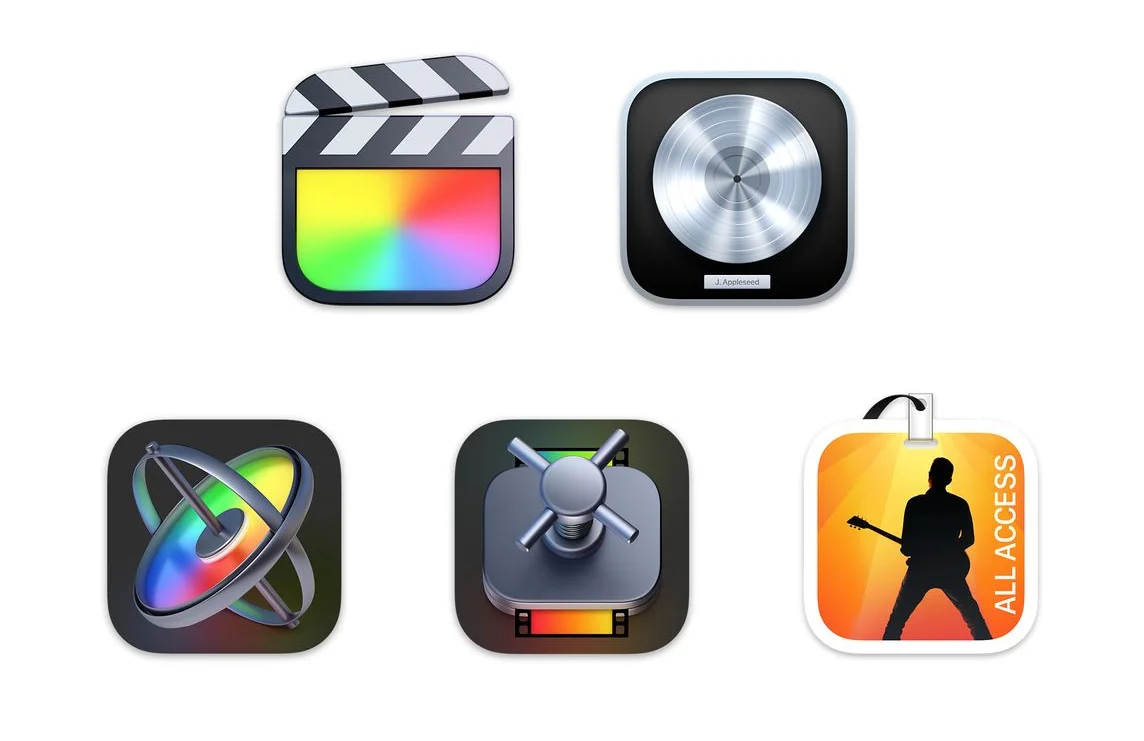
There is no doubt that apps push the users to the hardware platform. Hardware makers create the necessary headroom and software developers show what is possible with the current hardware. No company, no matter how large, can do everything with software. Not even the largest and most profitable company on the planet.
Apple has an excellent catalog of professional software but currently it is designed for the macOS, not for iPadOS. This is despite Apple actually having the developer tools to make a macOS / iPadOS hybrid software. Some say the reason for the hold up is because the iPad Pro software is not powerful enough to handle the demands of professional software like Final Cut Pro and Logic. Now with Apple’s powerful M1 chip on the iPad Pro, there is little reason for Apple professional software not to be on iPadOS. After all, what more powerful message to give that this tablet is powerful and capable enough than Apple moving their software to the iPadOS platform.
Another issue why there’s limited Pro apps on the iPadOS is because by design, Apple limits only 5GB of RAM for any iPadOS apps. While 5GB is enough for most simple apps and games, it is not enough for the likes of Final Cut Pro and Xcode where one can easily eat up 100s of GB of RAM at any given moment. The good news is this is just a software limitation and can be easily fixed up on a newer version of iPadOS.
Multi-Monitor support
Multi-monitor support has come in the USB-C equipped iPads since iPadOS 14. However, it all depends on the currently active app that is using it. On supported apps, the secondary monitor will show extra details on what the currently active app is showing. However, by default, most app do not bother to support this mode and iPadOS just resorts to cloning what the current active app is doing. There is no “desktop” or extended view on the second monitor.
Apple should unleash the power of the second monitor. Having a second monitor, which usually means that the iPad will be on a desk will increase productivity when there’s more information that can be displayed on the second monitor instead of merely cloning the main screen.
Multi-User Support
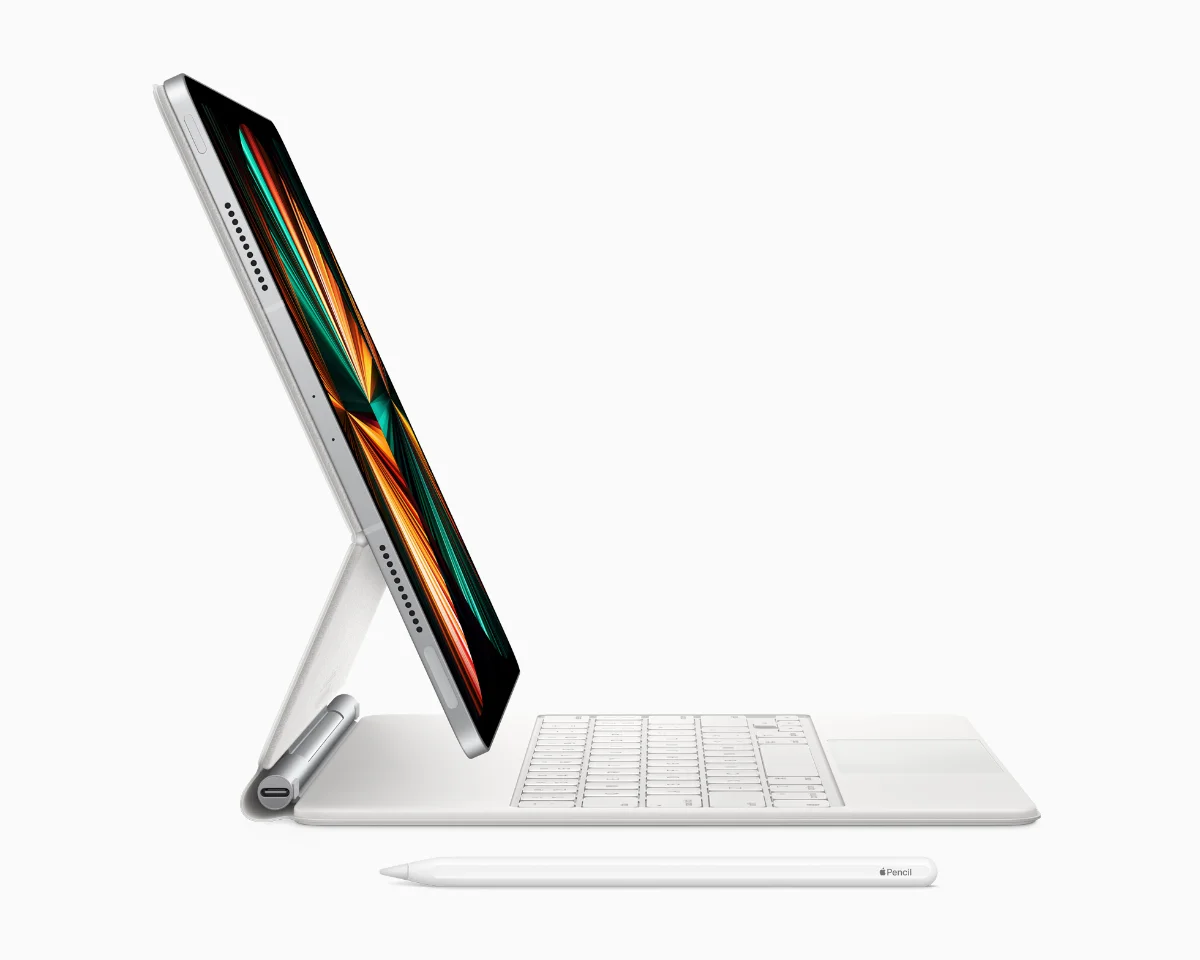
The iPadOS was created from iOS which was designed for the iPhone. The iPhone was a very personal device and it makes sense that the entire OS was designed with the assumption that there will be only one person using that iPhone. The iPad carries this tradition which assumes that there will be only a single person that will use the iPad. The iPad should be a shared device that can be used for multiple persons each with their own preferences.
One might think that this only applies for the corporate world where laptops and desktops constantly change hands and there is an IT department personnel with domain credentials that can access the computer for troubleshooting purposes. The same situation can be applied for families as well. Just think of the instances where you share your iPad with your children or siblings only to see them mucking up your preferences? The solution must not be that everybody has an iPad. A multi user solution can be beneficial in this example.
A better File App
Files app was introduced in iOS 11 to better manage file systems and enable iOS devices to better integrate with other Apple devices such as the Mac. In a way, it mimics the functionality of the Finder app on macOS but due to the nature of iOS paradigm, the functionality is limited unlike the Finder app. For starters, there is an ‘iOS’ or ‘System’ drive like what you would like to find in Finder. There is multi-tab support like you would like to see in Finder. iPadOS added the functionality of detecting external hard drives because when the iPad Pro comes with a USB-C port, it is an expected use case. However, you are limited to FAT and Apple file systems only. If you wanted to connect an external that uses Windows File system, no dice.
Apple should make the File app better as handling files is a common and central job of any operating system. Apple is slow in doing so as seen on how long it takes for them to fix and update the Finder app (around 4-5 years!!) on macOS. Extending support to NTFS for more interoperability between iPadOS and Windows. Finder in macOS supports it, so Apple has no reason not to support NTFS in iPadOS. Another issue is network drive support in File app is flaky at best and downright nonexistent at worst. Detecting shared drives in each other’s macs is very trivial in macOS but ridiculous in iPadOS. Apple should make file server detection as seamless as it did in macOS as one typical scenario is to make a Mac a file server and you can access your personal files in iPadOS.
Support more devices
On the iPadOS, Apple has complete control on what devices connect to the iPad and iPhone. Apple does exert control on macOS. For example, instead of taking the Microsoft route of allowing anybody to write drivers for their own devices, Apple controls what kind of video card that is allowed on the macOS and prefers to work with the manufacturers to make the macOS driver. Such a move will limit what kind of video card that macOS supports but it will ensure that the card you use with macOS will work perfectly if it is supported.
There are pros and cons to this approach but I believe Apple’s approach on iPadOS and iOS is too restrictive. Apple does have a program to vet, certify and approve 3rd party devices to connect with iDevices which is called “Made for iPhone (MFi)” program, but the terms and cost is considerable for thin margin device manufactures. Another barrier for entry is that it also depends on the good graces of Apple. Major reason why there’s no Nvidia cards for Apple is the tussle between Nvidia and Apple got so huge that Apple basically kicked Nvidia out and went with AMD ATi instead.
Making it work touch first, but keyboard capable
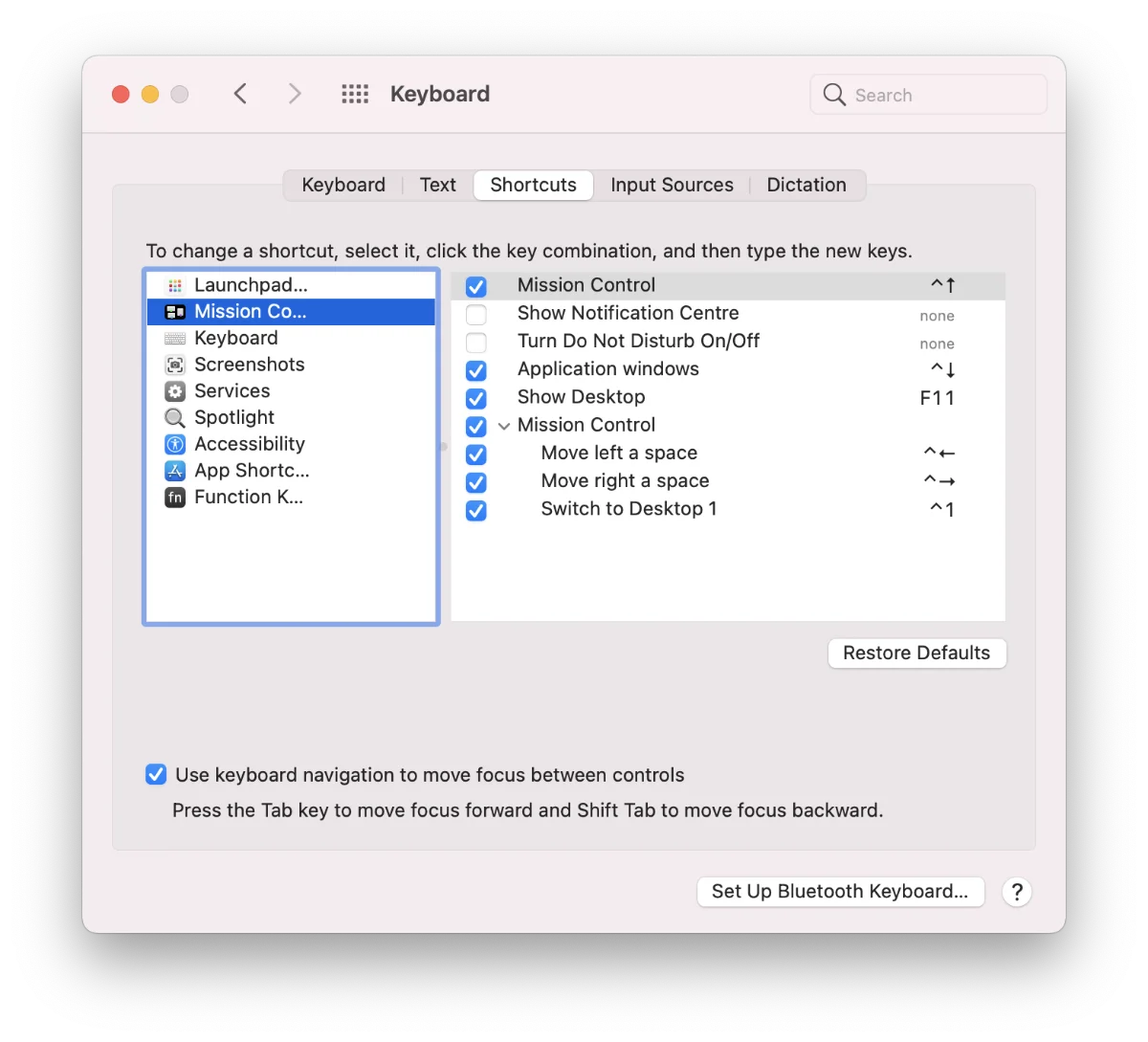
This is a very tough one to implement, even for Apple. The iPad is a touch-first device. Since Apple introduced keyboard and mouse support on the iPad Pro (which can be translated for other iPad devices), Apple is trying to solve the problem of an interface that is good for both touch and mouse-keyboard interface. Touch interface requires large buttons because the fingers are huge compared to a mouse pointer.
Apple has partially solved this problem by redesigning the mouse pointer for the iPadOS. However, the keyboard remains a second class citizen. In macOS, Windows and especially in Linux, keyboard mastery rewards the power user by enabling the power user to do things with shortcuts, commands in terminal and gestures on the touchpad or keyboard shortcut. No such advantage exists for the iPadOS user. It is merely a text input device with basic shortcuts to edit text. Apps can add keyboard shortcuts, but it is the exception instead of the rule. In macOS, there’s a menu bar which lists down all the commands and encourages the developer to put keyboard shortcuts in the menu. Since there’s no concept of menu bar, there’s no incentive for developers to make keyboard shortcuts. Apple needs a mechanism to reward power users like they did on the macOS.
Conclusion
Making a new device platform is hard. Making an operating system for a new platform is hard. Apple has been morphing the iPad from a consumption device to a productivity device for over 5-6 years now since the introduction of the first generation iPad Pro. Apple has taken small but firm steps to make the iPad Pro the laptop replacement device. But now, with the introduction of the M1 iPad Pro, we are at the inflection point where Apple has to pull all the stops to ensure that the iPad Pro is the laptop of the future. iPadOS 15 and WWDC 2021 will be more important than ever to showcase that the iPad is not just a crippled version of the MacBook Pro.
Plug
Help grow this website and my family by visiting my affiliate links below. I will get a cut with out any extra cost to you:
- iPad Pro 12.9" - Buy at Amazon
- iPad Pro 11" - Buy at Amazon
- iPad Air 10.9" - Buy at Amazon
- iPad 10.2" - Buy at Amazon
- iPad Mini 7.9" - Buy at Amazon
Accessories:
